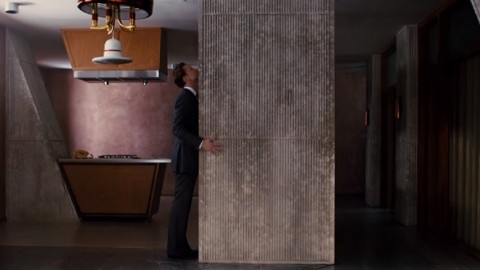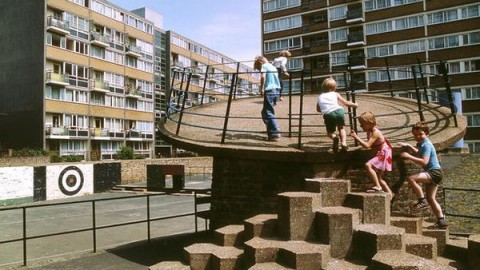
Where does brutalism go after concrete?
The primary material of brutalism, the oft derided and now vaguely in vogue architectural movement, was concrete. Every architectural movement has its primary materials, be they glass, wood, or steel, but in the case of brutalism concrete dominates all discussion of the style’s underlying ideas. It is both the literal and figurative building block, such that it is hard to imagine brutalism as being in any way extricable from concrete. Designer Dantilon Brown’s “The Brutal Deluxe,” the latest in his series of generative architectural images, reimagines brutalism with a different building block: pre-existing buildings. “I set about programming algorithms to…







